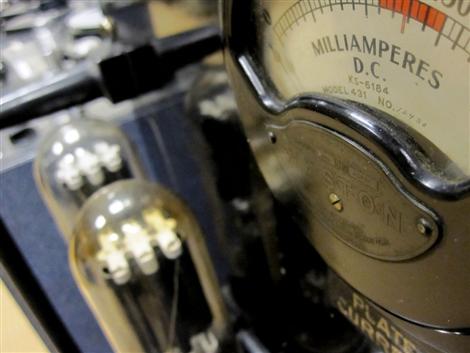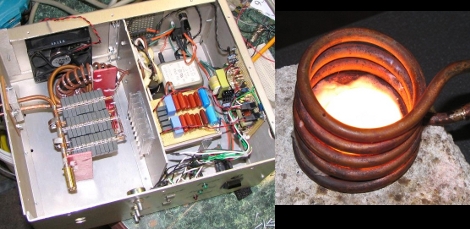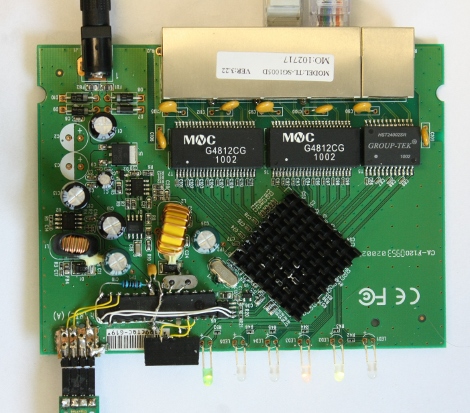
Take a few moments and browse this gallery from the Library of Congress. Tasked with the job of preserving the roughly 150 million historical items, they are constantly developing new methods using bleeding edge technology. There is an odd balance of some of the oldest documents in tandem with some of the newest technology evident in these pictures. From doing spectral scans of ancient books to laser mapping warped phonographs, everything must be preserved and documented.
















